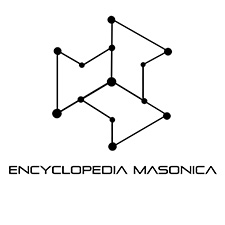
OBELISK
Encyclopedia Masonica
The obelisk is a quadrangular, monolithic column, diminishing upward, with the sides gently inclined, but not so as to terminate in a pointed apex, but to form at the top a Cattish, pyramidal figure, by which the whole is finished off and brought to a point. It was the most common species of monument in ancient Egypt, where they are still to be found in great numbers, the sides being covered with hieroglyphic inscriptions Obelisks were, it is supposed, originally erected in honor of the sun god. Pliny says (in Holland's translation), "The kings of Egypt in times past made of this stone certain long beams, which they called obelisks, and consecrated them unto the sun, whom they honored as a god; and, indeed, some resemblance they carry of sunbeams." In Continental Freemasonry the monument in the Master's Degree is often made in the form of an obelisk, with the letters M. B. inscribed upon it. And this form is appropriate, because in Masonic, as in Christian iconography, the obelisk is a symbol of the resurrection.
Two Egyptian obelisks are best known as Cleopatra's needles and were formerly at Alexandria, Egypt. They are made of granite and were erected by Thothmes III before the great temple of Heliopolis, the on of the Bible, where Moses was born.
These obelisks were brought to Alexandria shortly before the Christian Era and after the death of Cleopatra. One of them is erected on the Thames Embankment in London and was placed there in 1878. The other was presented to the United States by the lihedive of Egypt and was erected in Central Park, New York City, in 1881. They are about seventy feet high and Lieutenant Commander H. II. Gorringe reported that on bringing the one to the United States, Masonic emblems mere discovered in the foundation.
